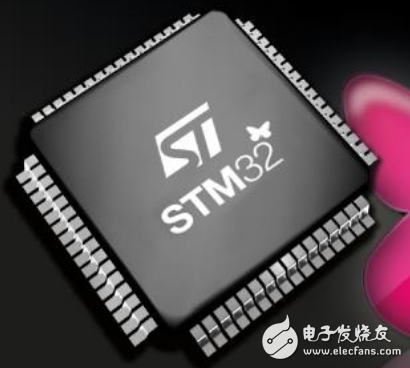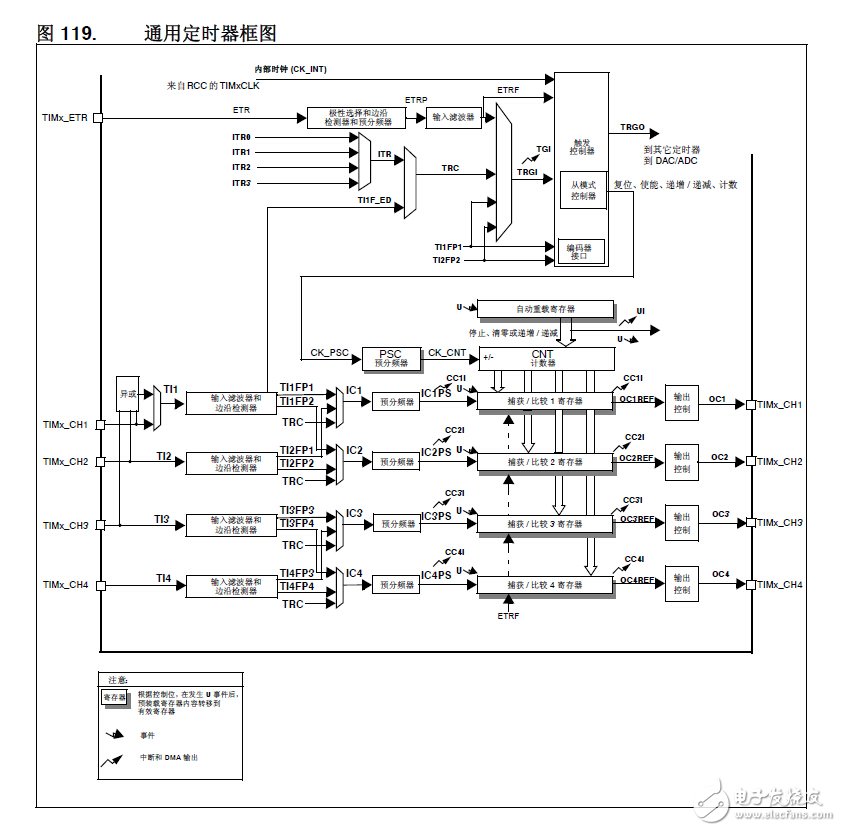The STM32 microcontroller series offers a rich set of timer functionalities, making it highly versatile for timing and control applications. These timers are categorized into advanced, general-purpose, and basic timers, each with unique features and use cases. Additionally, there are watchdog timers and the system timebase timer, SysTick, which play essential roles in system reliability and real-time operations.
Basic timers like TIM6 and TIM7 provide only fundamental timing capabilities. They feature a 16-bit auto-reload counter driven by a programmable prescaler. These timers are ideal for simple timing tasks and do not support advanced functions such as input capture or PWM generation.
General-purpose timers, including TIM2 to TIM5, offer more flexibility. In addition to basic timing, they can measure input signal pulse widths (input capture) and generate output waveforms (output compare and PWM). Each general-purpose timer is independent, allowing for multiple simultaneous operations without resource conflicts.
Advanced timers, such as TIM1 and TIM8, go beyond the capabilities of general-purpose timers. They include all the features of the general-purpose timers and add specialized functions for motor control, such as generating six complementary signals with dead time, brake functions, and more. These timers are often used in complex industrial and motor control applications.
Two types of watchdog timers are available: the independent watchdog (IWDG) and the window watchdog (WWDG). The IWDG provides a simple timeout mechanism to reset the system if it becomes unresponsive, while the WWDG adds additional functionality by requiring the watchdog to be fed within a specific time window.
The system timebase timer, SysTick, is a 24-bit down-counter that supports automatic reload. It is commonly used to generate delays at the millisecond or microsecond level, making it an essential component for real-time operating systems and task scheduling.

1. Introduction to STM32 General-Purpose Timer
The STM32 general-purpose timer is a 16-bit auto-reload counter (TIMx_CNT) driven by a programmable prescaler (TIMx_PSC). It can be used for measuring the pulse width of an input signal (input capture) or generating output waveforms (output compare and PWM). Each general-purpose timer operates independently and does not share resources with others.
Key features of the STM32 general-purpose timer (TIM2–TIM5) include:
- 16-bit up, down, or up/down auto-reload counter (TIMx_CNT)
- 16-bit programmable prescaler (TIMx_PSC), which allows division of the counter clock frequency between 1 and 65535
- Four independent channels (TIMx_CH1–4), which can be configured for input capture, output compare, PWM generation, or single-pulse mode
- External signal input (TIMx_ETR) for synchronization and timer interconnection
- Interrupts/DMA triggers for events such as update, trigger, input capture, output compare, encoder interface, and external clock input

2. STM32 General-Purpose Timer Registers
1) Auto-reload register (TIMx_ARR): This register physically consists of two parts. One is directly accessible by the programmer, while the other is a shadow register that is used internally. The value in the preload register is transferred to the shadow register based on the APRE bit in the TIMx_CR1 register.
2) Prescaler register (TIMx_PSC): This register divides the input clock frequency before it is applied to the counter. The timer has four clock sources: internal clock (CK_INT), external clock modes 1 and 2, and internal trigger inputs (ITRx).
3) Counter register (TIMx_CNT): This holds the current count value of the timer.
4) Status register (TIMx_SR): This register indicates whether certain events or interrupts have occurred.
5) DMA/Interrupt Enable Register (TIMx_DIER): This register controls which interrupts or DMA requests are enabled.
3. Common Library Functions for STM32 General-Purpose Timers
Timer parameter initialization:
Void TIM_TimeBaseInit(TIM_TypeDef* TIMx, TIM_TimeBaseInitTypeDef* TIM_TimeBaseInitStruct);
Timer enable function:
Void TIM_Cmd(TIM_TypeDef* TIMx, FunctionalState NewState);
Timer interrupt enable function:
Void TIM_ITConfig(TIM_TypeDef* TIMx, uint16_t TIM_IT, FunctionalState NewState);
Status flag acquisition and clearing:
FlagStatus TIM_GetFlagStatus(TIM_TypeDef* TIMx, uint16_t TIM_FLAG); Void TIM_ClearFlag(TIM_TypeDef* TIMx, uint16_t TIM_FLAG); ITStatus TIM_GetITStatus(TIM_TypeDef* TIMx, uint16_t TIM_IT); Void TIM_ClearITPendingBit(TIM_TypeDef* TIMx, uint16_t TIM_IT);
coin battery holder,cr2032 battery holder,cr2032 holder,cr2032 socket,cr2450 battery holder,cr2450 holder,2450 battery holder
Dongguan Yiyou Electronic Technology Co., Ltd. , https://www.dsubminiature.com
